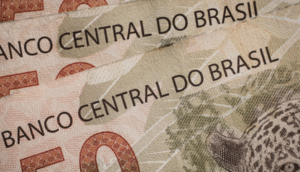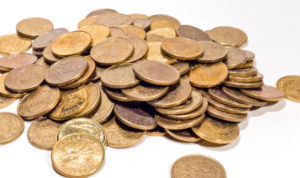$GC=F $XAUUSD $DXY
#Gold #Investing #Markets #Economy #Inflation #Commodities #Trading #Finance #USD #FederalReserve #RealEstate #Recession
The gold market remains resilient, with prices surging to new all-time highs above $3,000 an ounce. This strong momentum persists despite signs of stabilization in the U.S. housing sector, which has somewhat eased recession concerns. Typically, gold acts as a safe-haven asset during economic uncertainty, but its current rally suggests that investors continue to see value in holding the metal even as economic indicators show some improvement. The recent spike in gold prices can be attributed to several key factors, including persistent inflation fears, central bank demand, and geopolitical uncertainty, all of which have continued to fuel buying interest in the precious metal. Additionally, a weaker U.S. dollar and expectations of potential Federal Reserve rate cuts have further supported gold’s rise.
The stability in the U.S. housing market comes after months of cautious optimism. Recent data suggests that home construction has been picking up, and buyers are slowly returning as mortgage rates stabilize. This shift should, in theory, lead to improved confidence in economic growth, reducing the need for traditional safe-haven assets like gold. However, despite this, investors have remained aggressive in accumulating gold holdings, signaling that broader fears related to inflationary pressures and global financial stability outweigh any improvements in the housing sector. This divergence indicates that while housing data may influence short-term sentiment, gold’s current trajectory is being driven by larger macroeconomic trends, particularly central bank policies and currency volatility.
One of the most significant tailwinds for gold’s ongoing rally has been central bank purchases. Governments worldwide, particularly in emerging markets, have been increasing their gold reserves to mitigate currency risks and diversify portfolios against a backdrop of uncertain global monetary policies. Additionally, concerns about long-term de-dollarization efforts by some nations have further enhanced gold’s appeal. As a non-yielding asset, gold typically moves inversely to interest rates; with growing expectations that the Federal Reserve may pivot toward cutting rates in response to slowing economic indicators, the outlook for gold remains bullish in the mid-term. If inflation remains sticky and yields soften, the metal’s value could be further propelled higher.
Looking ahead, gold investors will closely monitor economic data releases and Federal Reserve communications for clues on future policy moves. If the Fed signals a more dovish stance or inflationary pressures persist despite signs of housing stability, gold could maintain its upward trajectory. Technical factors also suggest strong long-term support near previous record levels, minimizing downside risk in the short term. Furthermore, ongoing geopolitical tensions, particularly in Eastern Europe and Asia, could drive additional safe-haven demand, further solidifying gold’s role as a key asset in uncertain financial environments. Given these dynamics, while the U.S. real estate market may show some recovery, it appears unlikely to deter gold’s rally, which remains largely fueled by broader economic and monetary trends.











Comments are closed.